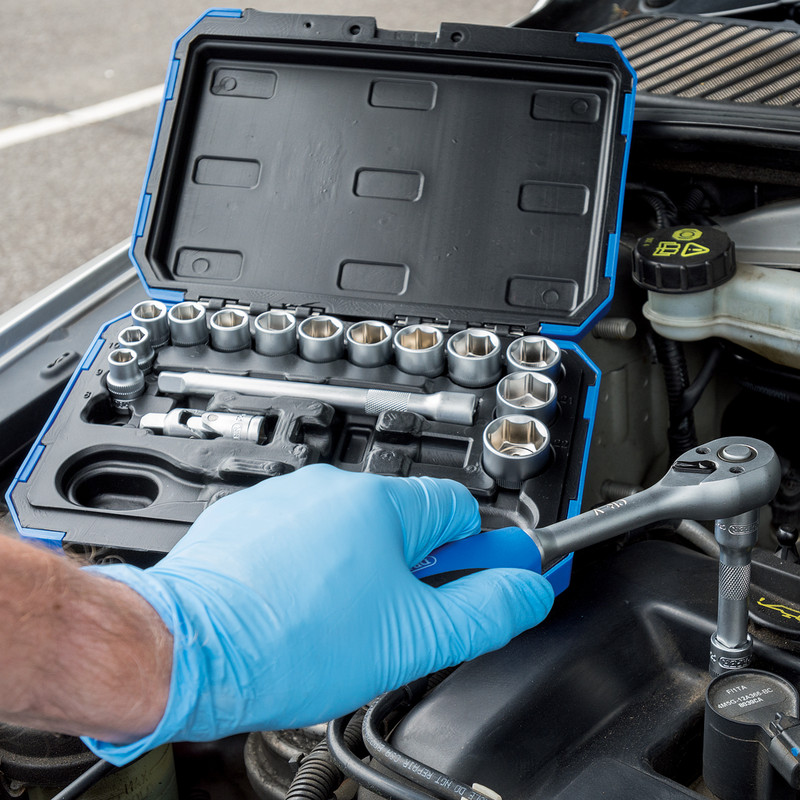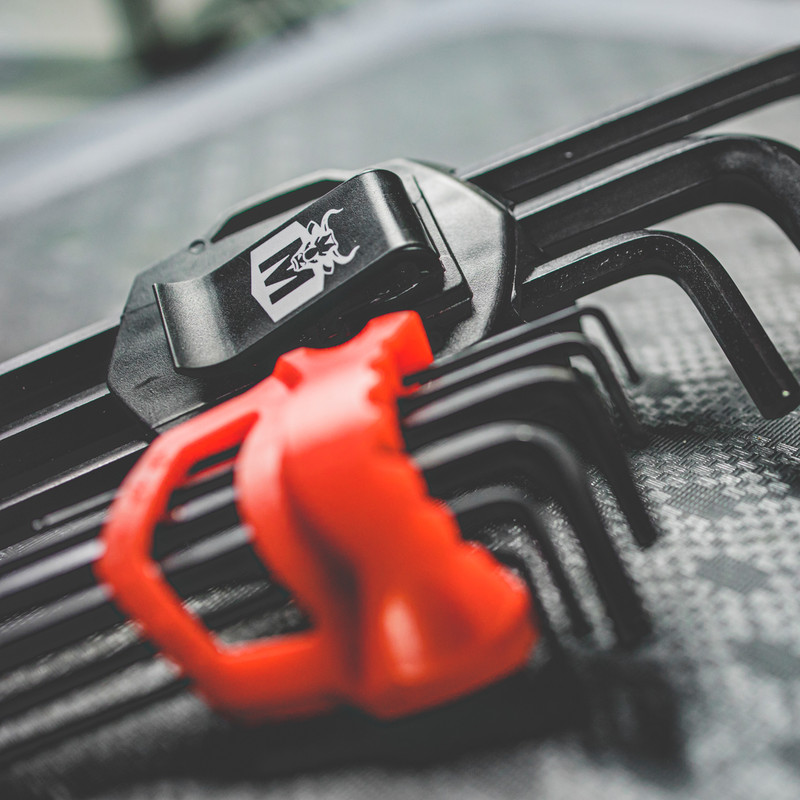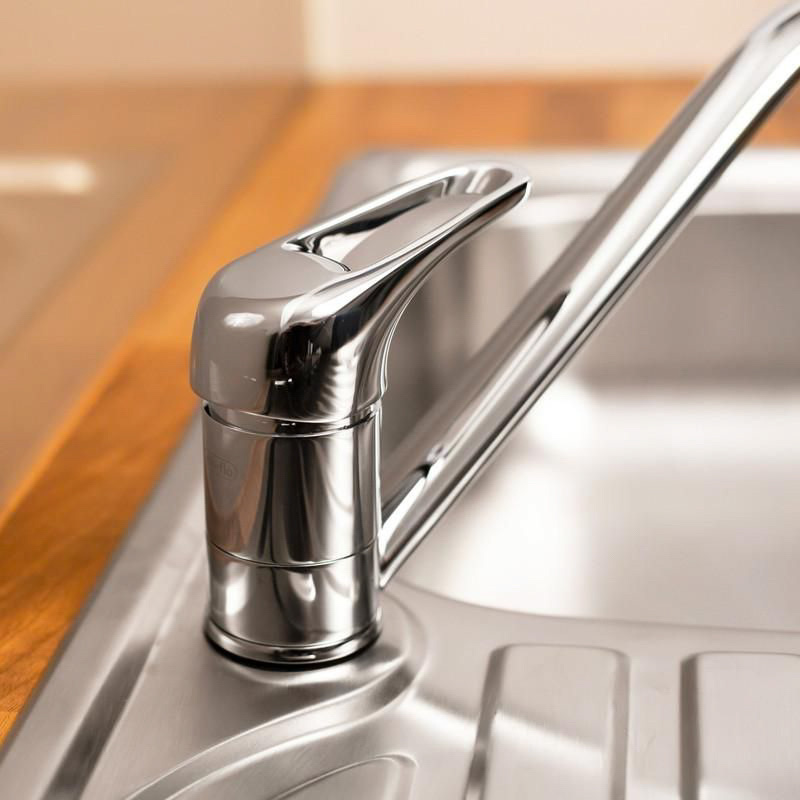When it comes to tackling mechanical repairs or certain DIY projects, having the right socket set is important for both efficiency and safety. Sockets come in a variety of types, each designed for specific tasks and tools. Different shapes, measurements and the type of bolts or fasteners you want to remove will determine the best type of sockets for your needs.
So, if you’re looking for the best socket set to add to your toolbox but are unsure which to choose, you’ve come to the right place! In this guide, we'll explore the differences between socket types and their unique features.
Different Types of Socket Sets
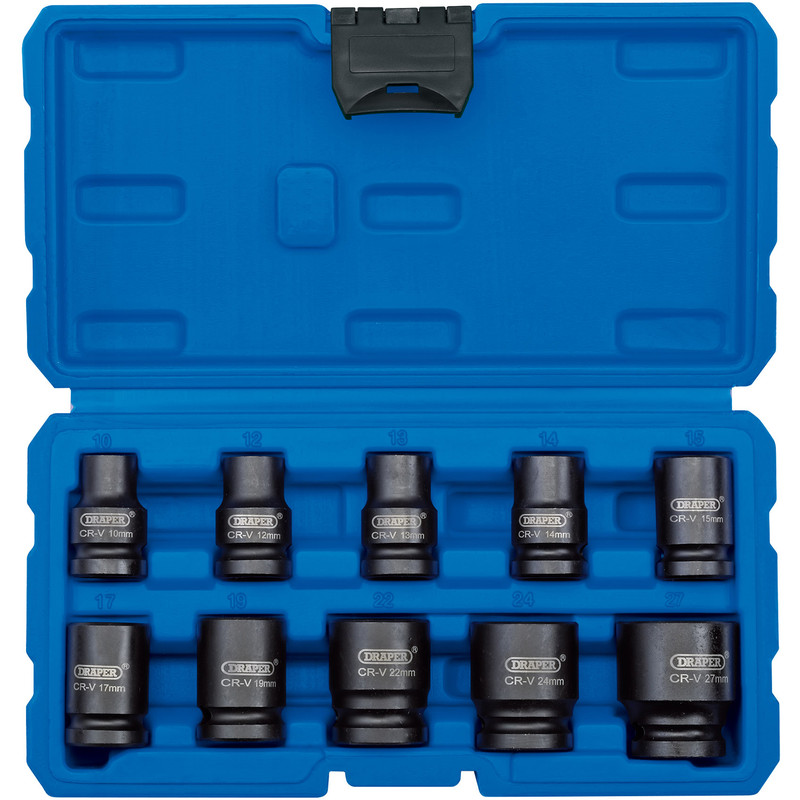
Impact Socket Set
Impact sockets are the most easy to identify and that’s because of their finish. Each socket is coated with a black phosphate plating which gives them a matte black appearance. The coating is designed to protect the sockets from corrosion and is much more durable when compared to chrome plating, which has a tendency to chip easily during use.
Impact socket sets are designed specifically for use with power tools, including impact wrenches and impact drivers. When compared to standard sockets, they’re manufactured from stronger material or are case hardened, which means they can withstand higher forces while absorbing shock.
The thicker material makes them much more resistant to wear and tear but also contributes to their weight, making them quite a bit heavier compared to other types of sockets. As they can be used for both light and heavy-duty work this adds to their versatility but also means you can expect to pay a little more for them.
Advantages
-
Increased durability
-
Can withstand high torque and vibration
Things to Consider
-
More expensive
-
Bulkier size
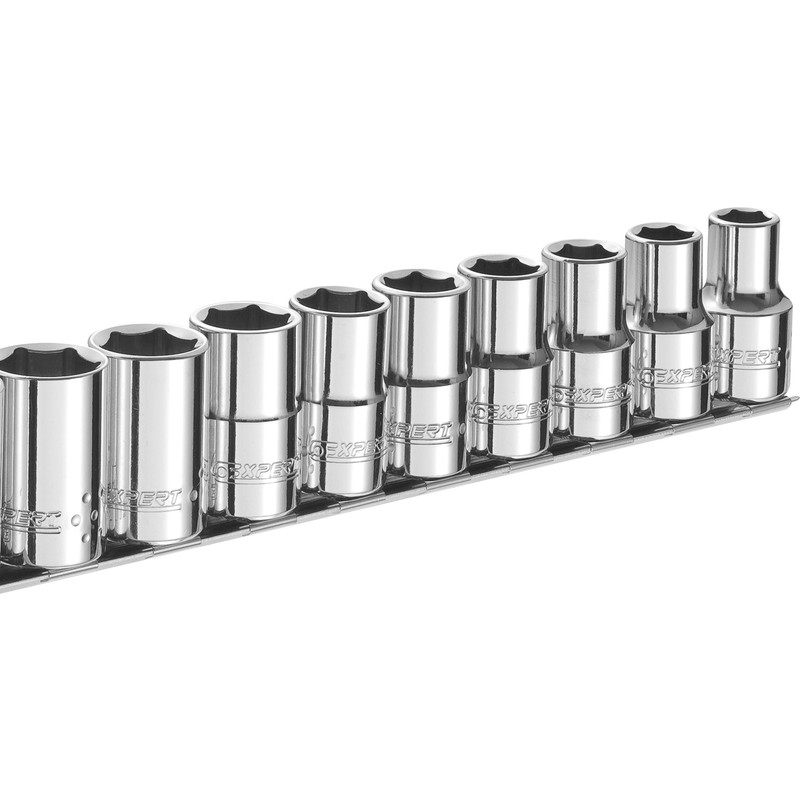
Standard Socket Set
Standard socket sets feature sockets that are perfect for use with hand tools, for example ratchets or torque wrenches, to tighten and loosen off nuts and bolts. Their use with hand tools often means they’re manufactured from chrome vanadium. While this material is certainly durable with a high tolerance to corrosion, it’s less resistant to impact.
Standard sockets, sometimes known as shallow sockets due to their shorter length, are silver in appearance and finished with a chrome plating which helps protect them against rust. It’s worth pointing out that this type of finish is not as robust as black oxide and can be prone to chipping with excessive use. For that reason, they’re much more suited to light-duty DIY projects and certainly make a handy addition to your toolbox.
Unlike impact sockets, which are designed for use with power tools, standard sockets should never be used with power tools. Using them in this way can cause damage, and if they break or shatter, they could present a safety hazard. Can purchase extension bars which can increase the length of the sockets thereby improving its reach.
Advantages
-
Cheaper to purchase
-
Suitable for light duty work
Things to Consider
-
Must not be used with power tools
-
Less durable compared to impact sockets
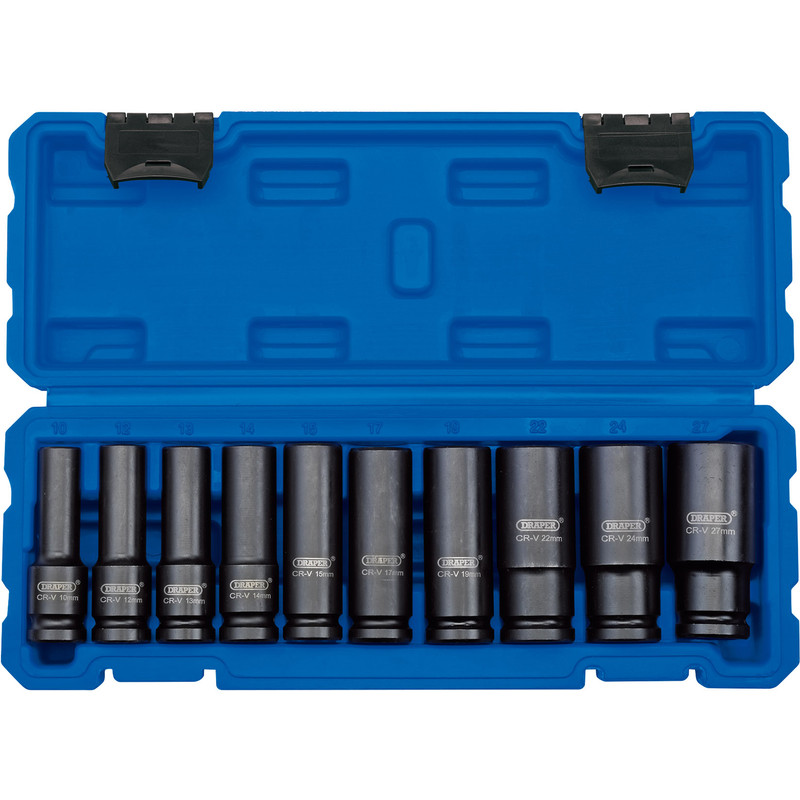
Deep Socket Set
Deep socket sets are noted by their longer appearance. In fact, they tend to be around double the length of standard sockets. Their increased length means they come in handy when you need to access recessed fasteners or bolts that are too far away for regular sockets to reach.
That said, while they’re great for accessing deep cavities, they’re not always ideal for very small spaces as the longer length can limit maneuverability. When in use, keep in mind the increased risk of overtightening any fasteners. That’s because the extended length allows for greater torque which increases the leverage. In other words, you don’t need to apply as much effort to get the same results as you would when using standard length sockets.
Deep sockets are available in two distinct types: impact sockets and standard chrome-plated sockets. This means that, regardless of whether you’re using them with a hand tool or a power tool, you’ll have the flexibility to choose the right option to suit your needs.
Advantages
-
Available as impact or standard sockets
-
Can easily reach deep set fasteners
Things to Consider
-
Not as manoeuvrable in narrow places
-
Increased risk of overtightening
Key Socket Set Considerations
Socket Sizes
When choosing a socket set, there are two key sizes to consider. The first is the drive socket, which connects to your tool, and it's usually sized in imperial measurements like ¼ or ½. The drive socket size will be the same across all sockets in a set, meaning that they’ll all fit your tool. The second size is the socket head, which fits over the bolt or fastener, and these are measured in millimetres (metric). Be sure to choose a socket set with the correct drive socket size for your tool.
Material
Before investing in a new socket set, it’s important to understand the material they’re made from, as this can determine how and where they are used. Sockets made from chrome vanadium are softer and, unless case-hardened, may wear or break easily, making them suitable only for hand tools. Specialist sockets, such as those for alloy wheels, are coated with plastic to protect the wheels. Impact sockets, typically made from chrome molybdenum, are more resistant to impact and designed for use with power tools.
Locking Pins
A locking pin is what keeps the socket fixed to the tool, so that it remains secure when in use. Standard sockets use a ball groove locking pin, while impact sockets have a ring groove locking pin. A ratchet tool has a pin detent at the end that fits into the ball groove locking pin, sometimes with a quick-release feature. In contrast, power tools like impact wrenches have a groove at the front, allowing a ring groove locking pin to securely lock into place, offering a stronger fit when compared to the ball groove system.

